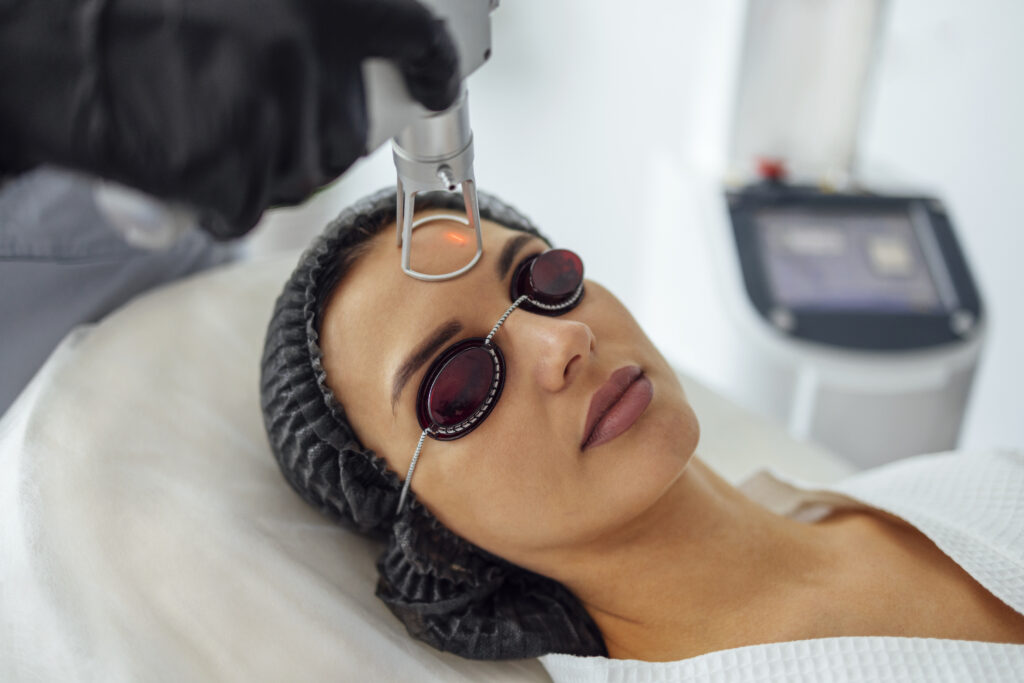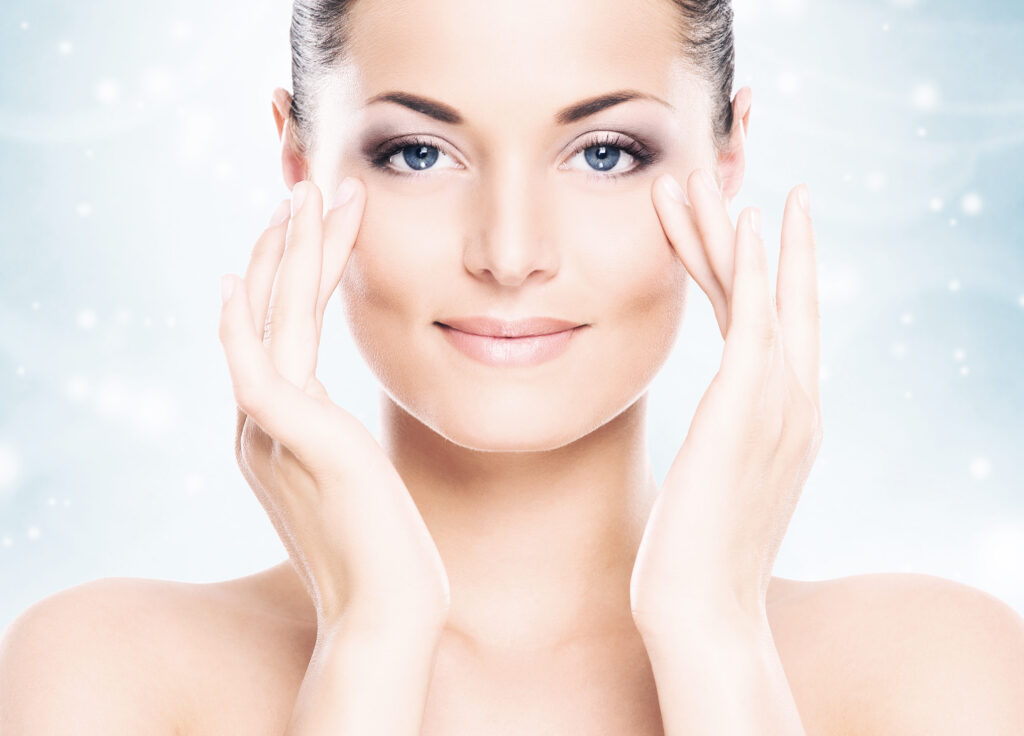Laser Resurfacing
Laser resurfacing, also known as laser skin resurfacing or laser skin rejuvenation, is a popular cosmetic procedure designed to improve the appearance and texture of the skin by precisely removing damaged or aged skin layers. This non-surgical treatment uses laser technology to target specific skin issues, such as wrinkles, fine lines, acne scars, sun damage, and uneven skin tone.
Consultation:
Before undergoing laser resurfacing, patients typically have a consultation with a licensed dermatologist or plastic surgeon. During this consultation, the patient discusses their skin concerns, goals, and medical history. The provider assesses the patient’s skin type, condition, and suitability for laser resurfacing. The specific type of laser and treatment plan are determined based on these factors.
Types of Laser Resurfacing: There are different types of lasers used in resurfacing procedures, each with unique characteristics and applications:


Ablative Lasers:
These lasers remove thin layers of the skin’s surface. Carbon dioxide (CO2) and erbium YAG lasers are common ablative lasers. They are effective for treating deep wrinkles, scars, and skin blemishes.
Non-Ablative Lasers:
Non-ablative lasers stimulate collagen production and improve skin texture without removing the outer skin layers. They are used for mild to moderate signs of aging and are associated with shorter recovery times.
Fractional Lasers:
Fractional lasers create microscopic channels in the skin, leaving surrounding tissue intact. This promotes rapid healing and collagen production. Fractional CO2 and fractional erbium lasers fall into this category.


Procedure: The laser resurfacing procedure generally follows these steps:
- Preparation: The patient’s skin is thoroughly cleansed and a topical anesthetic or numbing cream is applied to ensure comfort during the procedure. For some types of lasers, anesthesia or sedation may be used.
- Laser Treatment: The provider uses the laser handpiece to precisely deliver controlled laser energy to the targeted areas of the skin. The laser energy removes or remodels the damaged skin cells.
- Cooling and Monitoring: Many lasers incorporate cooling mechanisms to minimize discomfort and protect the surrounding skin. The provider continuously monitors the skin’s response to ensure precision and safety.
- Duration: The length of the procedure varies depending on the size of the treatment area and the type of laser used. It typically ranges from 15 minutes to over an hour.
- Post-Treatment: After the procedure, a soothing ointment or dressing may be applied to the treated area. Patients are provided with post-treatment care instructions, which may include avoiding sun exposure and using specialized skincare products.
Recovery:
The recovery process after laser resurfacing depends on the type of laser used. Ablative lasers often have a longer recovery period, with several days to weeks of redness, swelling, and peeling. Non-ablative and fractional lasers usually have shorter recovery times, with milder side effects.
Maintenance:
To maintain the results, patients may need multiple sessions spaced several weeks apart, depending on the laser type and individual goals. Ongoing skincare and sun protection are also essential for preserving the benefits of laser resurfacing.
Results:
The results of laser resurfacing become more evident as the skin heals. Patients can expect a reduction in wrinkles, improved skin texture and tone, and a fresher, more youthful appearance. Collagen production continues over time, enhancing the long-term benefits of the treatment.

In summary, laser resurfacing is a versatile and effective cosmetic procedure for addressing a wide range of skin concerns. It involves the use of laser technology to remove damaged skin layers, stimulate collagen production, and improve skin texture and appearance. When performed by a qualified professional, laser resurfacing can yield significant improvements in skin quality and rejuvenation, making it a popular choice for individuals seeking non-surgical skin enhancement.

